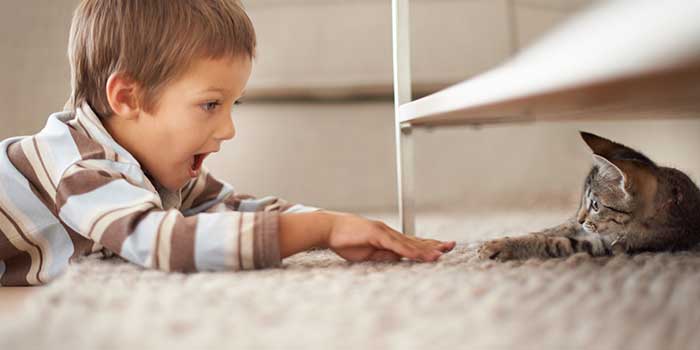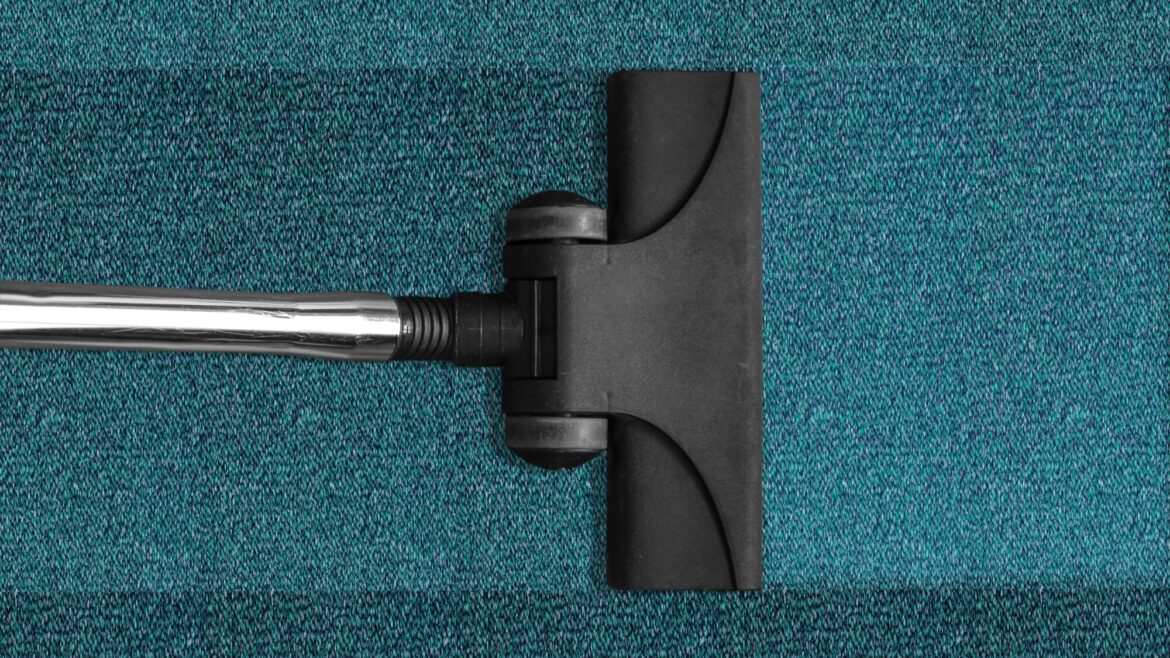Alleviating Allergies: Dust Mite Allergy Treatment and Prevention
Just because the floor looks clean, doesn’t mean that it actually is. After all, not everything is visible to the naked eye.
For one thing, germs can easily accumulate on the surface. Not only that, but there are microscopic pests as well.
Take dust mites, for example, they can make their homes in carpeting. And while they don’t bite or sting, they can cause skin allergies in some people.
Are you dealing with that? Want to learn more about the different dust mite allergy treatment options? If so, you’re on the right page.
Keep reading for everything that you need to know about the topic!
What Are Dust Mites?
Dust mites are insect-like pests that live in house dust. Microscopic relatives of the spider, they feed on flakes of dead skin or dander shed by people and pets.
Aside from carpets, they can also live in bedding, mattresses, stuffed toys, upholstered furniture, and curtains.
What Is a Dust Mite Allergy?
Some people are allergic to the waste products of dust mites. That is, the substances will cause their immune system to kick into high gear.
Ultimately, it’s this overzealous response that causes allergy symptoms.
According to the National Asthma Council of Australia, about 45% of the population suffer from allergies, and of those 80% are allergic to dust mites.
What Causes a Dust Mite Allergy?
Dust mite allergies are caused by two things—their feces and decaying bodies. When breathed in, they can cause the immune system to produce antibodies against the harmless substances.
Not only that, but they can produce an inflammatory response in your lungs and nasal passages as well.
Symptoms of a Dust Mite Allergy
Dust mite allergy can cause a variety of symptoms, some more severe than others, especially if you have asthma. For example, it can lead to itchy skin, runny nose, congestion, itchy eyes, or cough.
Rarely, it can also cause difficulty breathing, wheezing, or chest pain.
Note: Prolonged exposure to dust mites can lead to asthma or sinus infections.
Diagnosing Dust Mite Allergies
It’s a good idea to see an allergist if your systems are worsening at home. They will be able to determine whether or not you have a dust mite allergy with certain diagnostic tests.
For example, they might conduct a skin-prick test or a blood test, the latter of which is used to screen for antibodies.
Preventing Dust Mite Allergies
The best treatment option is to limit your exposure to these microscopic bugs. Here are a few things that you can do.
Vacuum Regularly
Try to vacuum the floor at least once a week, especially if you have carpet. For the best results, use a vacuum with a HEPA filter as it’ll prevent the allergens from being released back into the air.
Consider staying out of the area that’s being vacuumed if your allergies are severe.
Tip: Wet-vacuuming is typically more effective than regular vacuuming. Not only will it remove the allergens, but it’ll wash the carpet as well.
Steam Clean Your Carpets
Consider steam cleaning your carpets whenever possible. In addition to cleaning the carpet, the heat of the steam will kill off any dust mites.
Wash Your Bedding Regularly
Wash all sheets, pillowcases, blankets, and bedcovers in hot water to kill dust mites. Alternatively, you can put them in the dryer for at least 15 minutes.
As for non-washable items, you can place them in the freezer for 24 hours. While it won’t remove the allergens, it will kill the mites.
Keep the Humidity Low
Dust mites thrive in moist environments. Given that, it helps if you can keep the humidity low. More specifically, you want to maintain a relative humidity of below 50 percent.
If necessary, you can always use a dehumidifier to get rid of some of the extra moisture.
Cut Clutter
Get rid of clutter in the home. Remember, if it can collect dust, it will also collect dust mites. For example, you might want to remove books and ornaments from your bedroom.
The same thing goes for toys like stuffed animals.
Dust Mite Allergy Treatment Options
There are various medications that you can take if your symptoms persist. For example, you can take antihistamines—they’ll reduce the production of histamines, which will help relieve sneezing, itching, and runny nose.
Corticosteroid nasal sprays are another option. Not only will they help with the itching, but they’ll also help reduce inflammation.
In addition to that, you can use decongestants, which will help shrink the swollen tissues in your nasal passages. That way, you’ll be able to breathe more easily.
Note: Avoid taking oral decongestants if you have high blood pressure or heart disease.
Other Therapies
Nasal irrigation can help alleviate symptoms. Basically, it involves rinsing the nasal passages with a saline solution. If anything, the most important thing is to use water that’s contaminant-free (e.g. previously boiled or distilled water is ideal).
Some people may also benefit from immunotherapy. Put it simply, it’s when you “train” your immune system not to be sensitive to a certain allergen. As it is, it’s usually tried when other treatments are not effective.
Treating and Preventing Dust Mite Allergies
As you can see, there are a few dust mite allergy treatment options. Why live with the symptoms when you can do something about it, right?
Looking for carpet cleaning services on the Sunshine Coast? We can help—feel free to contact us and one of our sales representatives will get back to you!



